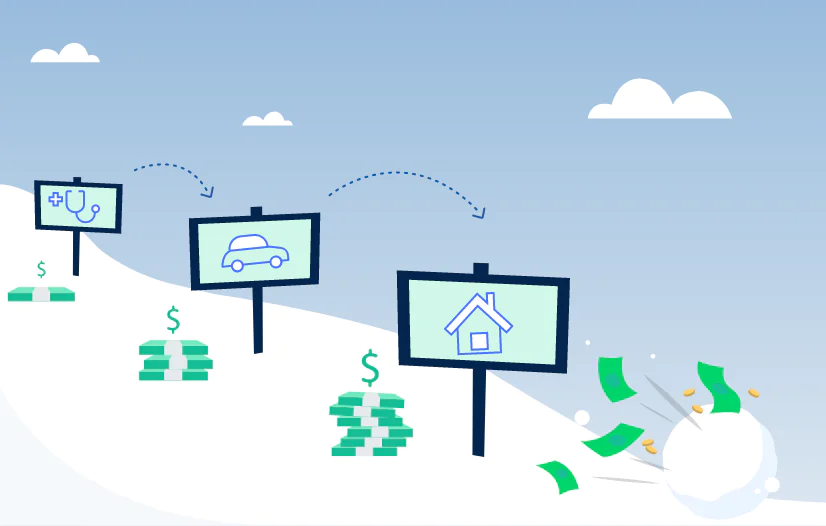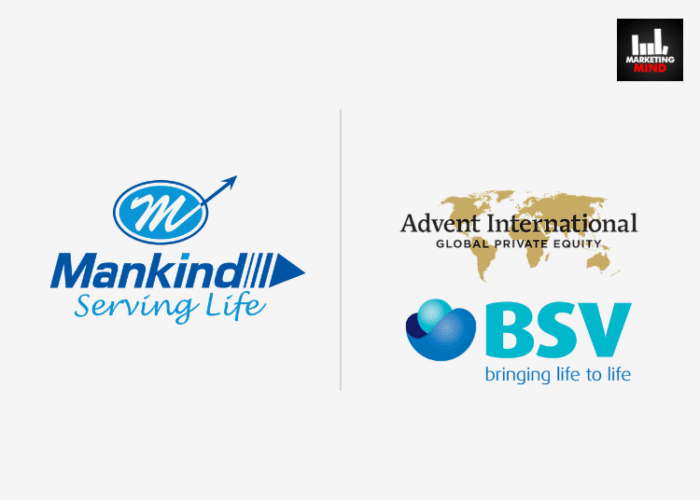Dealing with debt can be a daunting challenge. Whether it’s student loans, credit card debt, or a mortgage, finding the right strategy to pay off what you owe can have a significant impact on your financial well-being. In this article we will discuss the Pros and Cons of Different Debt Repayment Strategies. Two popular methods for tackling debt are the Snowball and Avalanche methods, and each comes with its own set of advantages and drawbacks.
When it comes to managing your debt, there’s no one-size-fits-all solution. Your choice of debt repayment strategy should align with your financial goals, personal preferences, and the nature of your debts. In this comprehensive guide, we’ll delve into the pros and cons of two well-known approaches to debt repayment: the Snowball method and the Avalanche method. Understanding these methods and their implications can empower you to make an informed decision that will set you on the path to financial freedom.
The Pros and Cons of Different Debt Repayment Strategies
1. The Snowball Method
The Snowball method is a debt repayment strategy that focuses on paying off your smallest debts first and then working your way up to the larger ones. This approach can provide quick wins, boost your confidence, and create a sense of accomplishment. Here’s how it works:
- List Your Debts: Start by making a list of all your debts, from the smallest to the largest.
- Minimum Payments: Continue making the minimum payments on all your debts to avoid late fees and penalties.
- Extra Payments: With the Snowball method, you’ll allocate any extra funds in your budget to the smallest debt on your list. This means you pay more than the minimum amount due.
- Snowball Effect: Once the smallest debt is paid off, you take the amount you were paying on that debt and add it to the minimum payment of the next smallest debt. This creates a snowball effect, allowing you to pay off larger debts more quickly.

Pros of the Snowball Method
- Quick Wins: Paying off smaller debts first can provide a sense of accomplishment and motivation to continue.
- Psychological Benefits: The Snowball method is often praised for its psychological benefits. The satisfaction of crossing debts off your list can be a powerful motivator.
- Simplicity: The method is straightforward and easy to understand, making it accessible to many people.
Cons of the Snowball Method
- Interest Costs: The Snowball method does not consider interest rates. You may end up paying more in interest over time compared to other strategies.
- Not the Most Cost-Effective: While it can provide psychological benefits, it may not always be the most cost-effective way to pay off your debts.
2. The Avalanche Method
The Avalanche method is a debt repayment strategy that focuses on paying off the debt with the highest interest rate first. This approach can save you money on interest payments in the long run. Here’s how it works:
- List Your Debts: Like the Snowball method, start by making a list of all your debts.
- Minimum Payments: Continue making the minimum payments on all your debts.
- Extra Payments: Allocate any extra funds to the debt with the highest interest rate. This strategy reduces the overall interest you pay.

Pros of the Avalanche Method
- Cost-Effective: The Avalanche method is the most cost-effective way to pay off your debts. By targeting high-interest debts, you minimize the interest you pay over time.
- Financially Logical: This strategy aligns with the financially logical goal of minimizing interest costs and can help you become debt-free faster.
- Higher Savings: By saving on interest costs, you can redirect more money towards your debt payments.
Cons of the Avalanche Method
- Delayed Gratification: It might take longer to see significant progress, which can be discouraging for some individuals.
- Psychological Impact: It can be challenging to stick with this method if you don’t see quick results.
Which Method Is Right for You?
The choice between the Snowball and Avalanche methods depends on your financial goals, personality, and specific circumstances. Here are some key differences to consider:
- Snowball Method: Choose this method if you need quick wins, enjoy the psychological benefits of progress, and want to build momentum.
- Avalanche Method: Opt for this method if you’re financially motivated and want to minimize interest costs, even if it takes longer to see results.
Real-Life Success Stories
Many individuals have successfully used both the Snowball and Avalanche methods to become debt-free. You can find inspiring stories and testimonials online from people who have paid off substantial amounts of debt using these strategies.
Overcoming Common Challenges
Regardless of the method you choose, paying off debt can be challenging. To increase your chances of success, consider these tips:
- Create a Budget: A budget can help you manage your finances and allocate extra funds toward debt payments.
- Build an Emergency Fund: Having an emergency fund can prevent you from accumulating more debt when unexpected expenses arise.
- Use Technology: There are various apps and online tools that can help you manage your debt repayment plan effectively.
How to Get Started
To get started with either the Snowball or Avalanche method, follow these steps:
- List all your debts, including the outstanding balance, interest rate, and minimum monthly payment.
- Determine how much extra money you can allocate to debt repayment.
- Choose your preferred method (Snowball or Avalanche).
- Begin by making extra payments toward your chosen debt repayment method.
- Stay consistent and monitor your progress.
Conclusion
Ultimately, the pros and cons of the debt repayment strategies should be evaluated in the context of your financial goals, preferences, and psychological needs. While the Snowball method offers quick wins and psychological benefits, the Avalanche method is more cost-effective in the long run.
Remember that the most crucial aspect of tackling debt is to choose a method that works for you and stick with it. Consistency and discipline will be your allies on the path to financial freedom. Whether you opt for the Snowball or Avalanche method, the key is to take that first step toward reducing your debt and securing your financial future.
Also Read – Estate Planning Essentials: Protecting Your Assets and Providing for Your Loved Ones













